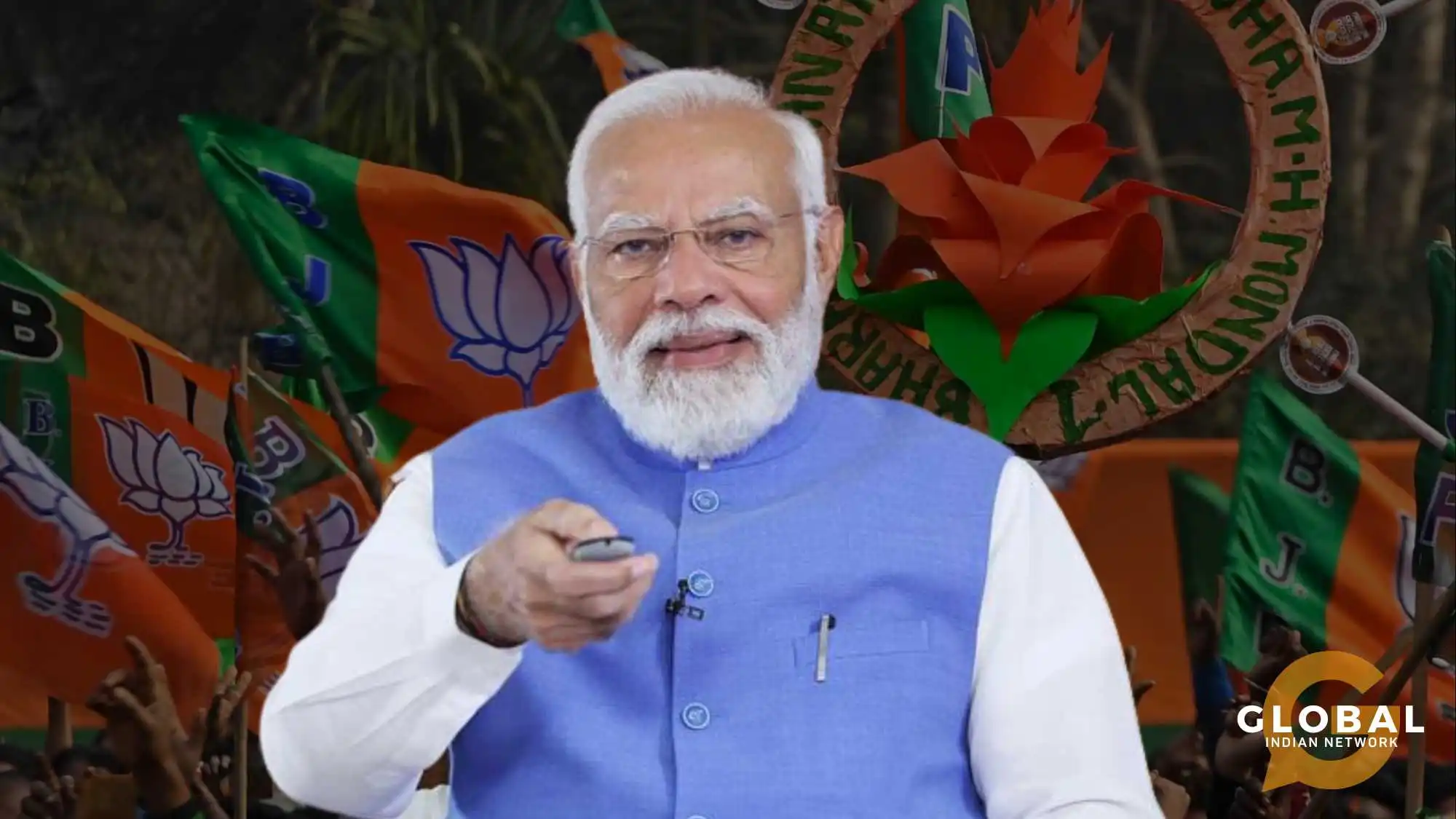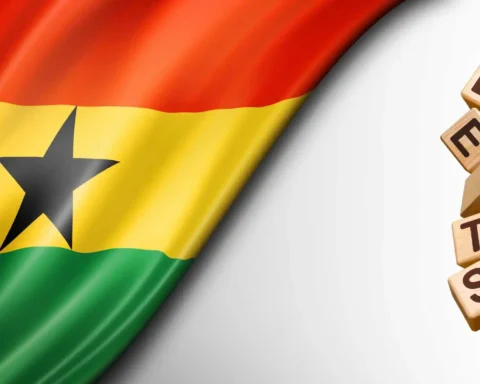Over the next few weeks, the world’s largest democracy steps into action with almost 1 billion registered voters set to elect the nation’s next leader. While India’s claims to be the world’s largest democracy stand absolute, the current political landscape in the country may portray a different picture, with the opposition claiming this election to be a grand test of the nation’s ability to maintain itself as such. For many, the present outlook of the country’s democratic ideals and values face a threat, and they attribute it to one party’s success- the Bharatiya Janata Party (BJP).
The BJP has been the ruling party in India for a decade now. Throughout the years, the BJP has challenged and subsequently prevailed against the subdued dynasty of the fallen Indian National Congress (INC), distinguishing itself as India’s leading political party, as showcased by the thumping national wins in 2014 and 2019. Early polls have even shown that, except for a major upset, the BJP is all set for triumph in the 2024 General Assembly elections.
At the heart of it all is one man, Narendra Modi.

Eyeing a third consecutive term as the premier leader of India, Modi has established himself as a global figure in the last decade and is one of the key reasons for BJP’s success since 2014. First elected to power in 2014, current Prime Minister Narendra Modi has been a vital part of BJP’s domination in electoral campaigns, with the party sweeping both the 2014 and 2019 Lok Sabha elections. Under his leadership, the BJP has truly transformed itself into a party with which the Indian majority can associate.
Modi is perhaps the cardinal figure in BJP’s triumphs over the years, with polls from 2019 showing that 1 in 3 would not have voted for the BJP had it not been for Modi. This popularity is validated further by global leader approval ratings, as Narendra Modi currently stands at number 1 globally with a staggering 75% approval rate. Modi has become an indispensable part of the BJP, as apparent by these numbers, and it does not take immense genius to see why the party needs him.
Since 2014 Modi’s first victory at the national level, he has affirmed himself as the synonymous leader of the nation. Modi has set himself as an irreplaceable figure in the political landscape of both India and the BJP. In the 10 years since the INC has been out of power, they have not been able to reshuffle and structure themselves as a coherent unit to tackle the might of Modi and the BJP and have failed to erect a leading figure who can challenge Modi at the national level.
Similarly, within the party, no individual figure exists who can play a rival to Modi’s personage. The BJP has a precedent of promoting new leaders, as evidenced by the appointments of Bhajan Lal Sharma in Rajasthan and Mohan Yadav in Madhya Pradesh. In fact, Modi himself has claimed that he is an example of this model. This standard set within the party has allowed Modi to become an unrivalled figure within the BJP itself. He is the cardinal leader of the party, and everyone in the BJP knows it.

Despite the achievements of Modi, the BJP themselves have worked hard to be in the position it currently is in. While it presents itself as a right-wing party, the BJP has gained unprecedented support from all strata of society as a result of various campaigns. At the face of it all, once again, is Prime Minister Narendra Modi, who some say has mastered the act of taking credit.
However, the BJP is more than happy to afford Modi that credit. In the form of Modi, the BJP has found itself a strong leading figure, something that their main opposition, the INC, has lacked for many a year. While there are pitfalls in enabling credit for all local work done to the Prime Minister, it has definitely played into the hands of the BJP, allowing Modi to garner a reputation as the true leader and saviour of the common folk.
YOU MIGHT BE INTERESTED IN: Is Free Speech Absolutism the SECRET WEAPON for a Healthy Democracy?
Additionally, Modi has launched India onto the global stage on a level not hitherto done by anyone before him. True to his reputation as an economic leader, the BJP has substantially improved national development in India under the administration of Modi. Modi has championed the nation on the international level by creating a prominent influence through his various visits abroad.
While some may label this as mere acts for publicity, there is no denying that Modi has established himself as a global leader in the eyes of the Indian majority. Furthermore, under the tutelage of Modi, India has seen immense economic and technological growth, which is visible in the 800 million internet users India now has. To these people, the BJP government under Modi has done more than its predecessors by giving them access to resources previously believed to be unachievable, thereby making them trust Modi over anyone else.
However, despite these conspicuous positives, the BJP reign under Modi has also been marred by controversy and uproar among various sects of the Indian population. While the Modi government has significantly contributed to multiple sectors of India’s economy, a troubling pattern of extreme “Hindutva” has also emerged. Tracing back to as early as the 2002 Gujarat Riots, Modi has been accused of displaying biases to the Hindu majority of India’s population. During his tenure as Gujarat’s Chief Minister, Modi was blamed for not taking adequate actions to curb the mass riots that took the lives of over 1000 people, most of them being Muslim.

This unsettling pattern has followed Modi to the Prime Minister seat he currently sits in. In fact, utilising Hindu ideologies and politics has been a key pillar in Modi’s rise to such stardom within the country. By using his image as the common man to whom the majority of the country can relate and marketing himself as the son of a ‘chaiwala’ (tea maker), Modi has effectively managed to capture the majority of the country. Using nationalistic Hindu policies, Modi has further championed himself as the sole leader among the majority Hindu population of this country.
In many a city, posters imprinted with Modi’s face hang on every street and every block, thus displaying how he has essentially used an arsenal of religious propaganda to power himself as the elected ruler of the country. This aspect of Modi’s clear and deliberate play on religion reached an all-time high with the ironic juxtaposition of him performing a steadfast of Hindu rituals and ceremonies on the opening of the Ram temple in Ayodhya (an extremely debatable happening in itself) as the premier leader of ostensibly the world’s largest secular nation.
ALSO READ: Who are the Top 10 Most Corrupt Politicians in the World?
A large majority of his supporters are even willing to look beyond the myriad of anti-democratic and largely anti-Muslim policies that have befallen through the hands of his government. These include the worsening of journalistic capabilities in India (as visible by India’s falling rank in the Free Press Index), an increase in religious tension within the country, a rise of hatred and violence towards Muslims, and the passing of the new Citizenship Amendment Act (which will primarily affect Muslim populations).
While the progression of the nation under Modi cannot be denied, his tendencies to seek votes in the name of religion are Islamophobic at best and anti-democratic at worst. While some may argue against his ideologies, it is apparent that the majority of people of this nation see him as a true representative of themselves. The BJP’s picture for the nation, as highlighted by their manifesto for this year’s elections, also showcases their reliance on Modi, with each vision being aptly named “Modi ki Guarantee”. Narendra Modi has succeeded in capturing the emotions and religious nationalistic sensations of the people of this country, and the BJP has to be truly thankful for it.











[…] This is being said in the context of the recently concluded 2024 Loksabha elections in India. The Bharatiya Janata Party has not won a majority and is in the process of allying with regional parties to form the […]